Hasta fin de existencias
Hasta fin de existencias 1. Detalles urbanos de Madrid, 2003
While Stocks Last 1. Urban details from Madrid, 2003
380 imágenes/photos
228 páginas/pages, 21x10,5 cm
Hasta fin de existencias 2. Bares y cafeterías de Madrid, 2004
While Stocks Last 2. Bars and coffee shops of Madrid, 2004
540 imágenes/photos
256 páginas/pages, 21x10,5 cm
En los últimos años he visto como el pequeño comercio del centro de Madrid, tiendas de barrio, viviendas, fachadas y portales, se renuevan y todo lo viejo –lo llamado “cutre”– acaba en los contenedores de las múltiples obras de reforma... + texto
Liquidación por cese de negocio
Como se intentó retratar en el primer volumen de esta serie Hasta fin de existencias –un catálogo de detalles urbanos–, el comercio tradicional madrileño está desapareciendo a gran velocidad... + text
Por defecto profesional siempre he mirado atentamente cómo está hecho todo lo que me rodea, principalmente lo que tiene que ver con un proceso de fabricación –industrial o artesanal–, con especial interés por los materiales, sus formas y acabados.
Tras casi tres años de innumerables paseos por los barrios céntricos de la ciudad y con la ayuda de una cámara de bolsillo, esta observación se convirtió en una búsqueda de detalles singulares que se transformaron en miles de imágenes.
Las imágenes están catalogadas por tipos de objetos en un continuo de detalles organizados para mostrar diferencias y similitudes entre estos, a veces con distintas funciones combinadas. Un pomo que incorpora un rótulo, una cortinilla con cadenas metálicas que lleva el nombre del local incorporado, una puerta que tiene una estructura metálica a modo de reja decorativa o un telefonillo que funciona como directorio de las distintas actividades que hay en el edificio. También muchas de estas piezas constituyen detalles iconográficos que muestran símbolos madrileños en fase de extinción.
La mayoría de los objetos han sido fotografiados sin referencia a su entorno. Cierres, pomos, rótulos y telefonillos en solitario, sin sus puertas, locales o fachadas. De este modo destacan piezas que normalmente pasan inadvertidas.
Leandro Lattes, 2003
Over the last years I have seen how Madrid's desire for renovation is changing the look of corner shops, residential buildings, façades and doorways, as all that is old and considered "unstylish", inevitably ends up in the many skips that are evidence to the amount of renovation works in progress.
Professionally conditioned to always paying close attention to the way things are made, I normally take note of the materials, forms, and finishes of all the things in my surroundings, particularly when they involved a manufactured process, be it industrial or hand made.
After innumerable walks around the city center over a period of almost three years, and with the use of a digital pocket camera, casual observation gave way to an active search for distinctive details. The result was thousands of images.
This book is the first in a series. It contains a selection of details visible from the streets and walkways of Madrid. Forthcoming volumes will explore the interior spaces and premises that stand on the verge of extinction.
The pictures are classified by object types in a series of close-ups that highlight the differences and affinities between things having the same or similar functions. Many of these objects have become iconographic details of Madrid that are fast disappearing.
Leandro Lattes, 2003
Todo lo que se entiende por viejo –entrañablemente conocido como “cutre”– acaba en los contenedores de las múltiples obras de reforma, en las escombreras donde una parte fundamental de la reciente tradición estética de Madrid muere sin pena ni gloria. En concreto, quizá los bares y las cafeterías sean los establecimientos que más sufren esta situación. Y, desgraciadamente, son también los lugares que contienen un mayor número de ejemplos del diseño popular cuya vigencia e importancia Hasta fin de existencias 2 reivindica.
Diseño dudoso
En estos bares y cafeterías retratados, construidos o reformados en su mayoría entre los años 50 y 70, parece no haber un estilo intencionado. Los interiores fueron fabricados de manera sencilla y en sus elementos se reconocen manipulados simples como el plegado de tubos metálicos de los taburetes, las soldaduras expuestas de las barras de acero, las maderas y fórmicas ensambladas con tornillos vistos. En los suelos, las baldosas de terrazo son omnipresentes y prácticamente carecen de detalles decorativos, dando prioridad a su labor de camuflaje mientras que en las paredes se pueden encontrar azulejos que conforman diseños alucinantes. En la carpintería predominan los perfiles de aluminio que se reflejan en los múltiples espejos, habitualmente bajo una afilada luz fluorescente...
A pesar de esta sensación anárquica es interesante comprobar cómo se reconoce una armonía natural, una consistencia y personalidad propia en los bares y cafeterías que no han padecido reformas y por ello conservan sus elementos originales. Aún sufriendo las limitaciones económicas e industriales de una época difícil y oscura –el franquismo–, los espacios retratados en las páginas de este libro poseen un estilo que no tiene nombre, conforman un diseño de conjunto que no tiene unidad aparente, expresan una estética que, desgraciadamente, no tiene futuro, que sólo podremos disfrutar hasta que se agoten las existencias.
Leandro Lattes, 2004
Liquidation due to closure
As portrayed in the first volume of the series While Stocks Last –a catalogue of urban details–, traditional small businesses in Madrid are rapidly disappearing. Everything that is considered old-fashioned and seen as “unstylish” ends up in the containers of the countless renovations in progress; indeed, this is where a fundamental part of Madrid’s more recent aesthetic traditions perish unnoticed amongst the rubble. Bars and cafés are perhaps the establishments that most suffer this indignity. Unfortunately, they are also the places that contain the greatest wealth of popular design whose importance and relevance is depicted in While Stocks Last 2.
Dubious design
In the bars and cafeterias that I have photographed –and that were mainly built or refurbished between the 1950s and 70s– there seems to have been no intention to create a particular style. Their interior design is simple and one can easily discern the basic techniques used in the building of their furniture and fixtures such as the stools’ bent metal tubes, the exposed welding on steel bars and wood and Formica assembled with visible screws. Terrazzo floor tiles are ubiquitous and have practically no decorative detail since their main purpose is camouflage, while walls often feature tiles with incredible patterns. Aluminum is the predominant material for window and door frames, reflected in the multiple mirrors, usually under sharp fluorescent lighting... It is interesting to see how a natural harmony emerges behind this apparent anarchy –a congruity and personality unique to those bars and cafeterias that have not been refurbished and have thus kept their original furniture and fixtures. Still subjected to the economic and industrial limitations of a difficult period (the Franco dictatorship years), the spaces portrayed in the pages of this book possess a style without a name, their overall design having no apparent unity, expressing an aesthetic that unfortunately has no future and that we will only be able to enjoy “while stocks still last.”
Leandro Lattes, 2004
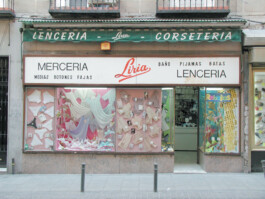
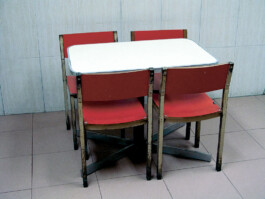

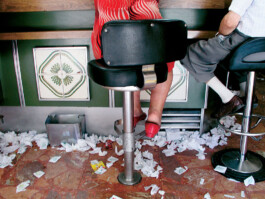
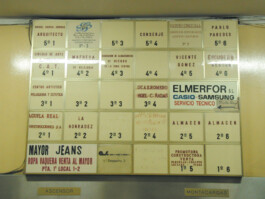
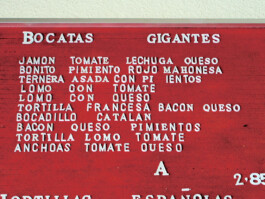
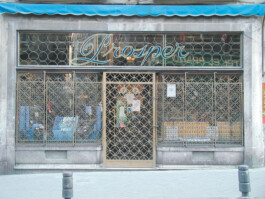
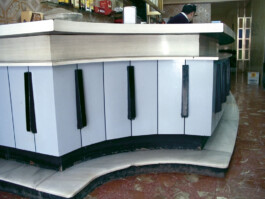
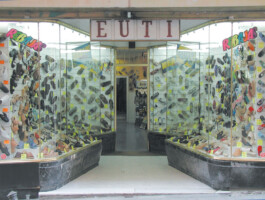
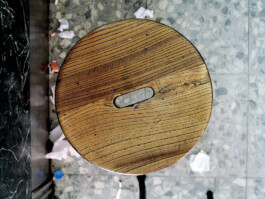
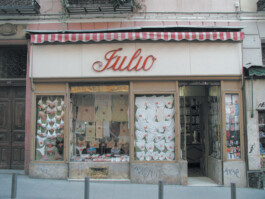
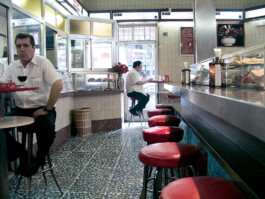
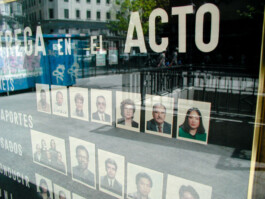
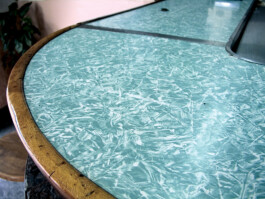
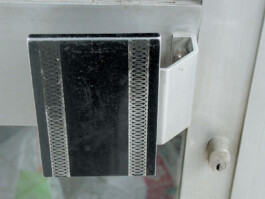
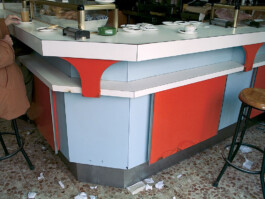
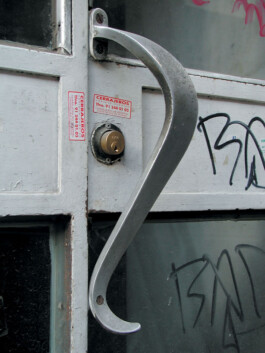
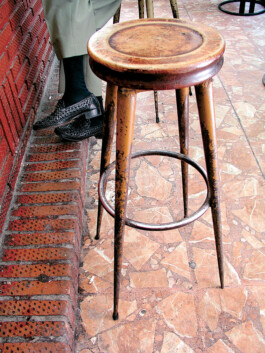
Hasta fin de existencias
Hasta fin de existencias I
Detalles urbanos de Madrid. 2003
While Stocks Last I
Urban details from Madrid. 2003
380 imágenes/photos
228 páginas/pages, 21x10,5 cm
En los últimos años he visto como el pequeño comercio del centro de Madrid, tiendas de barrio, viviendas, fachadas y portales, se renuevan y todo lo viejo –lo llamado “cutre”– acaba en los contenedores de las múltiples obras de reforma... + texto
Por defecto profesional siempre he mirado atentamente cómo está hecho todo lo que me rodea, principalmente lo que tiene que ver con un proceso de fabricación –industrial o artesanal–, con especial interés por los materiales, sus formas y acabados.
Tras casi tres años de innumerables paseos por los barrios céntricos de la ciudad y con la ayuda de una cámara de bolsillo, esta observación se convirtió en una búsqueda de detalles singulares que se transformaron en miles de imágenes.
Las imágenes están catalogadas por tipos de objetos en un continuo de detalles organizados para mostrar diferencias y similitudes entre estos, a veces con distintas funciones combinadas. Un pomo que incorpora un rótulo, una cortinilla con cadenas metálicas que lleva el nombre del local incorporado, una puerta que tiene una estructura metálica a modo de reja decorativa o un telefonillo que funciona como directorio de las distintas actividades que hay en el edificio. También muchas de estas piezas constituyen detalles iconográficos que muestran símbolos madrileños en fase de extinción.
La mayoría de los objetos han sido fotografiados sin referencia a su entorno. Cierres, pomos, rótulos y telefonillos en solitario, sin sus puertas, locales o fachadas. De este modo destacan piezas que normalmente pasan inadvertidas.
Leandro Lattes, 2003
Over the last years I have seen how Madrid's desire for renovation is changing the look of corner shops, residential buildings, façades and doorways, as all that is old and considered "unstylish", inevitably ends up in the many skips that are evidence to the amount of renovation works in progress.
Professionally conditioned to always paying close attention to the way things are made, I normally take note of the materials, forms, and finishes of all the things in my surroundings, particularly when they involved a manufactured process, be it industrial or hand made.
After innumerable walks around the city center over a period of almost three years, and with the use of a digital pocket camera, casual observation gave way to an active search for distinctive details. The result was thousands of images.
This book is the first in a series. It contains a selection of details visible from the streets and walkways of Madrid. Forthcoming volumes will explore the interior spaces and premises that stand on the verge of extinction.
The pictures are classified by object types in a series of close-ups that highlight the differences and affinities between things having the same or similar functions. Many of these objects have become iconographic details of Madrid that are fast disappearing.
Leandro Lattes, 2003
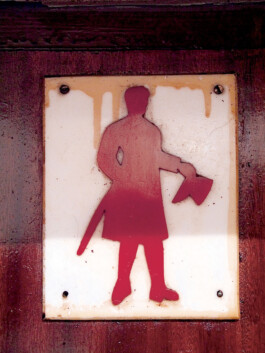





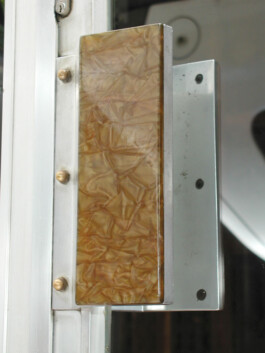
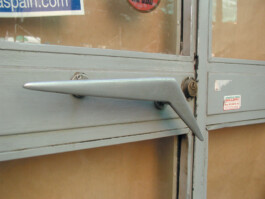
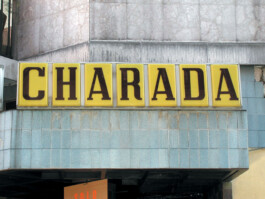


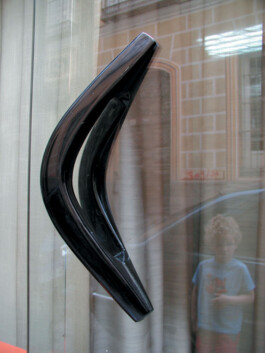


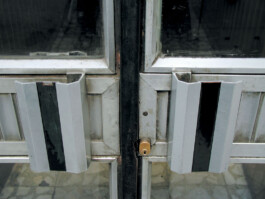


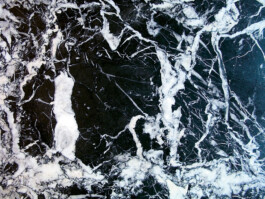
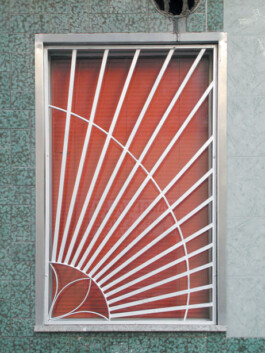
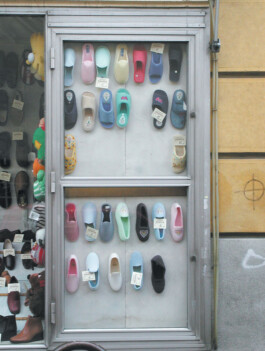
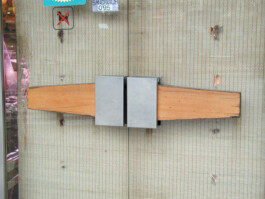
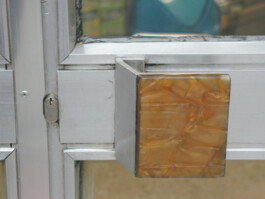
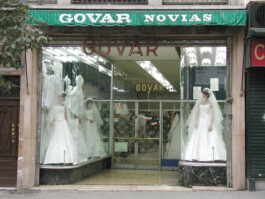
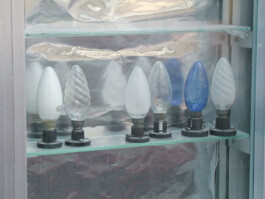


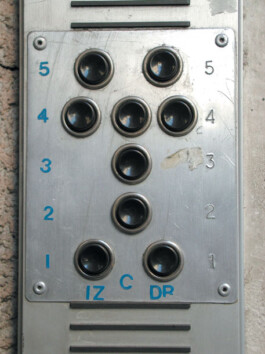
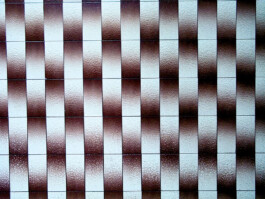
Hasta fin de existencias II. Bares y cafeterías de Madrid. 2004
While Stocks Last II. Bars and coffee shops of Madrid. 2004
540 imágenes/photos
256 páginas/pages, 21x10,5 cm
Liquidación por cese de negocio
Como se intentó retratar en el primer volumen de esta serie Hasta fin de existencias –un catálogo de detalles urbanos–, el comercio tradicional madrileño está desapareciendo a gran velocidad... + texto
Todo lo que se entiende por viejo –entrañablemente conocido como “cutre”– acaba en los contenedores de las múltiples obras de reforma, en las escombreras donde una parte fundamental de la reciente tradición estética de Madrid muere sin pena ni gloria. En concreto, quizá los bares y las cafeterías sean los establecimientos que más sufren esta situación. Y, desgraciadamente, son también los lugares que contienen un mayor número de ejemplos del diseño popular cuya vigencia e importancia Hasta fin de existencias 2 reivindica.
Diseño dudoso
En estos bares y cafeterías retratados, construidos o reformados en su mayoría entre los años 50 y 70, parece no haber un estilo intencionado. Los interiores fueron fabricados de manera sencilla y en sus elementos se reconocen manipulados simples como el plegado de tubos metálicos de los taburetes, las soldaduras expuestas de las barras de acero, las maderas y fórmicas ensambladas con tornillos vistos. En los suelos, las baldosas de terrazo son omnipresentes y prácticamente carecen de detalles decorativos, dando prioridad a su labor de camuflaje mientras que en las paredes se pueden encontrar azulejos que conforman diseños alucinantes. En la carpintería predominan los perfiles de aluminio que se reflejan en los múltiples espejos, habitualmente bajo una afilada luz fluorescente...
A pesar de esta sensación anárquica es interesante comprobar cómo se reconoce una armonía natural, una consistencia y personalidad propia en los bares y cafeterías que no han padecido reformas y por ello conservan sus elementos originales. Aún sufriendo las limitaciones económicas e industriales de una época difícil y oscura –el franquismo–, los espacios retratados en las páginas de este libro poseen un estilo que no tiene nombre, conforman un diseño de conjunto que no tiene unidad aparente, expresan una estética que, desgraciadamente, no tiene futuro, que sólo podremos disfrutar hasta que se agoten las existencias.
Leandro Lattes, 2004
Liquidation due to closure
As portrayed in the first volume of the series While Stocks Last –a catalogue of urban details–, traditional small businesses in Madrid are rapidly disappearing. Everything that is considered old-fashioned and seen as “unstylish” ends up in the containers of the countless renovations in progress; indeed, this is where a fundamental part of Madrid’s more recent aesthetic traditions perish unnoticed amongst the rubble. Bars and cafés are perhaps the establishments that most suffer this indignity. Unfortunately, they are also the places that contain the greatest wealth of popular design whose importance and relevance is depicted in While Stocks Last 2.
Dubious design
In the bars and cafeterias that I have photographed –and that were mainly built or refurbished between the 1950s and 70s– there seems to have been no intention to create a particular style. Their interior design is simple and one can easily discern the basic techniques used in the building of their furniture and fixtures such as the stools’ bent metal tubes, the exposed welding on steel bars and wood and Formica assembled with visible screws. Terrazzo floor tiles are ubiquitous and have practically no decorative detail since their main purpose is camouflage, while walls often feature tiles with incredible patterns. Aluminum is the predominant material for window and door frames, reflected in the multiple mirrors, usually under sharp fluorescent lighting... It is interesting to see how a natural harmony emerges behind this apparent anarchy –a congruity and personality unique to those bars and cafeterias that have not been refurbished and have thus kept their original furniture and fixtures. Still subjected to the economic and industrial limitations of a difficult period (the Franco dictatorship years), the spaces portrayed in the pages of this book possess a style without a name, their overall design having no apparent unity, expressing an aesthetic that unfortunately has no future and that we will only be able to enjoy “while stocks still last.”
Leandro Lattes, 2004

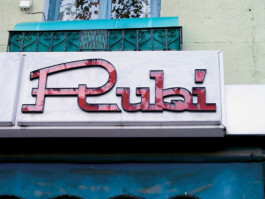
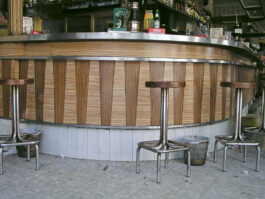


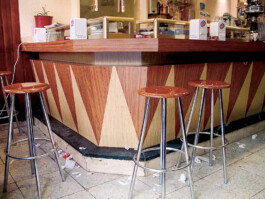


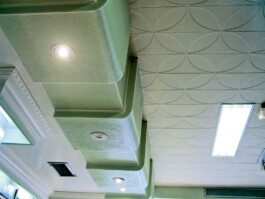

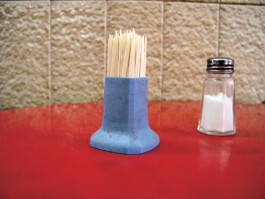
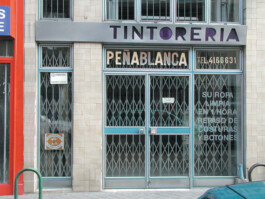
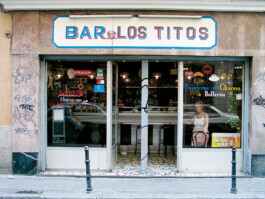
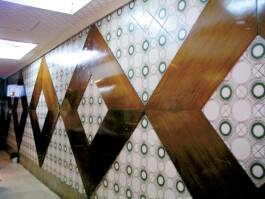
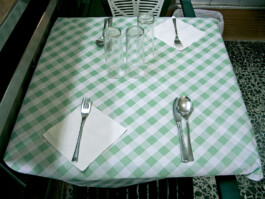
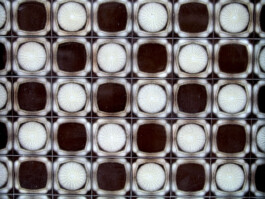
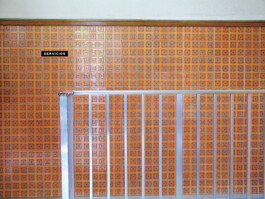
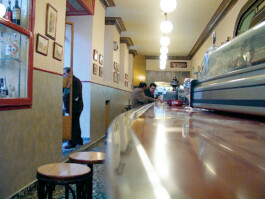
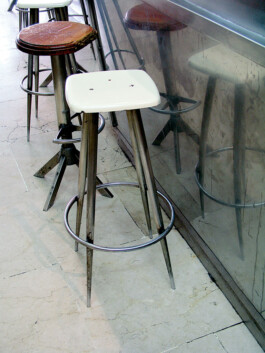
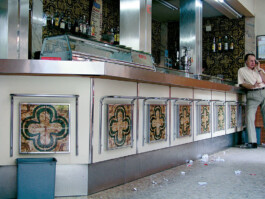

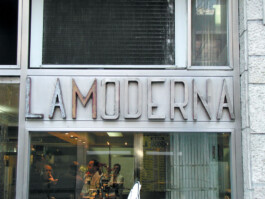

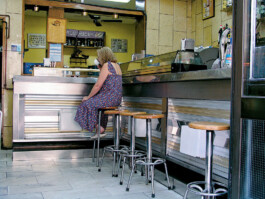

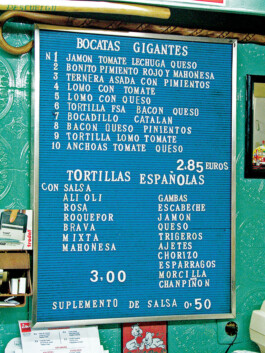
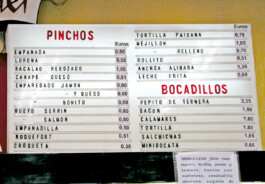
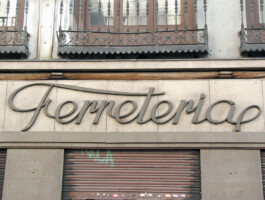

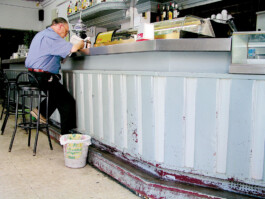

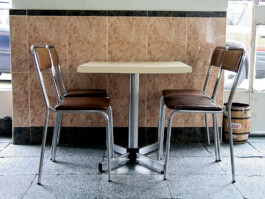



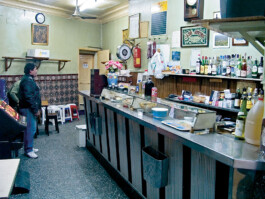
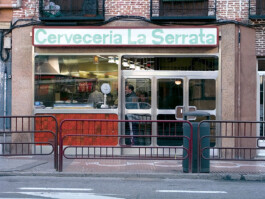
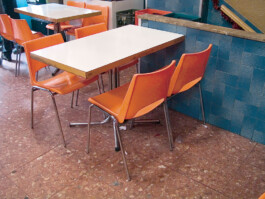

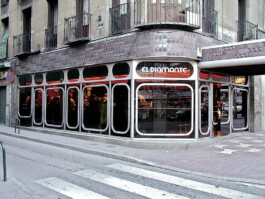




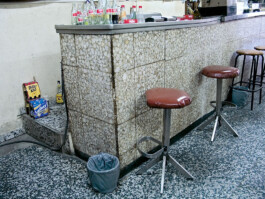
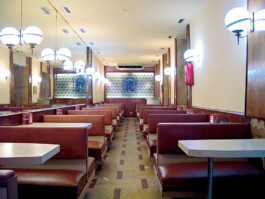

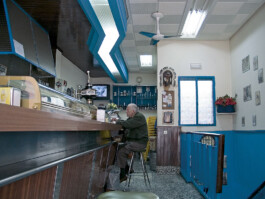
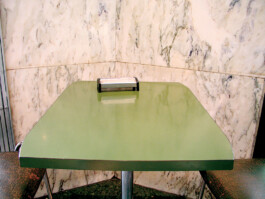
© Leandro Lattes 2000-2025
© Leandro Lattes 2024
-----------------------------------
CIUDAD INFINITA/INFINITE CITY
(2000-presente/ongoing)
Trabajo
Mundo Fashion
Peluquería y uñas
Frutas y verduras selectas
Flores y plantas
Toldo
Reflejos en coches
Random#1
3x3
Riders
Espacio reservado
-----------------------------------
-----------------------------------
LIBROS/BOOKS
Hasta fin de existencias I y II. 2003/2004
Detalles urbanos de Madrid y bares y cafeterias de Madrid
While Stocks Last I & II.
2003/2004
Urban Details of Madrid and Bars and Coffee shops of Madrid
-----------------------------------
ACERCA DE ESTE SITIO/
ABOUT THIS SITE
De lunes a domingo es un proyecto en construcción desde hace más de dos décadas que documenta la vida cotidiana en Madrid. A través de fotografías y videos, retrato la ciudad como un espacio cambiante, contradictorio y complejo, abordando temas como la gentrificación, la vida de barrio, el consumo, la movilidad o el trabajo.
De lunes a domingo is a project in progress for over two decades that documents everyday life in Madrid. Through photographs and videos, I portray the city as a shifting, contradictory, and complex space, addressing themes such as gentrification, neighborhood life, consumption, mobility, and work.
***********************************
© Leandro Lattes 2000–2025
Madrid, España
Diseño/Design: El vivero ↗
***********************************
All images presented on this website are part of the De lunes a domingo archive and are protected by copyright. Their reproduction, distribution, or use for commercial or editorial purposes without prior authorization is strictly prohibited.
For requests regarding use, reproduction, or collaboration, please contact us at the following email↗
-----------------------------------
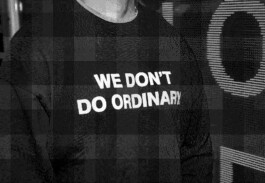
-----------------------------------
-----------------------------------
¡Gracias por su visita!
-----------------------------------
CIUDAD INFINITA/INFINITE CITY
(2000-presente/ongoing)
Trabajo
Mundo Fashion
Peluquería y uñas
Frutas y verduras selectas
Flores y plantas
Toldo
Reflejos en coches
Random#1
3x3
Riders
Espacio reservado
-----------------------------------
-----------------------------------
LIBROS/BOOKS
Hasta fin de existencias I y II. 2003/2004
Detalles urbanos de Madrid y bares y cafeterias de Madrid
While Stocks Last I & II.
2003/2004
Urban Details of Madrid and Bars and Coffee shops of Madrid
-----------------------------------
ACERCA DE ESTE SITIO/
ABOUT THIS SITE
De lunes a domingo es un proyecto en construcción desde hace más de dos décadas que documenta la vida cotidiana en Madrid. A través de fotografías y videos, retrato la ciudad como un espacio cambiante, contradictorio y complejo, abordando temas como la gentrificación, la vida de barrio, el consumo, la movilidad o el trabajo.
De lunes a domingo is a project in progress for over two decades that documents everyday life in Madrid. Through photographs and videos, I portray the city as a shifting, contradictory, and complex space, addressing themes such as gentrification, neighborhood life, consumption, mobility, and work.
***********************************
© Leandro Lattes 2000–2025
Madrid, España
Diseño/Design: El vivero ↗
***********************************
All images presented on this website are part of the De lunes a domingo archive and are protected by copyright. Their reproduction, distribution, or use for commercial or editorial purposes without prior authorization is strictly prohibited.
For requests regarding use, reproduction, or collaboration, please contact us at the following email↗
-----------------------------------
¡Gracias por su visita!